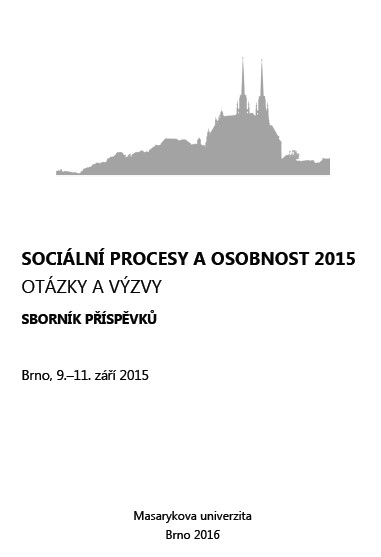
THE EFFECT OF CZECH CONSUMERS’ SOCIODEMOGRAPHIC CHARACTERISTICS ON FAIRTRADE GOODS BUYING
Ethical consumerism is a growing field. It attracts increasingly more attention not only from the supply and demand sides, but also from researchers. Numerous surveys are trying to describe consumers’ behavior, many studies are trying to identify and analyze what contributes to the higher ethical consumption. Yet, we can claim that in the case of the Czech Republic, though ethical consumerism is not really a terra incognita here, the evidence is still not comprehensive. This paper therefore aims to fill a gap in the understanding of Czech Fairtrade goods consumers. Namely, the sociodemographic characteristics and their effect on Fairtrade goods consumption will be examined. The results show that women tend to buy Fairtrade goods more often. University educated and younger consumers more often decide to buy Fairtrade goods, but once they decide so, the effect on the frequency of their purchases is not very clear. It is also possible that the effect of age is only spurious.
More...





